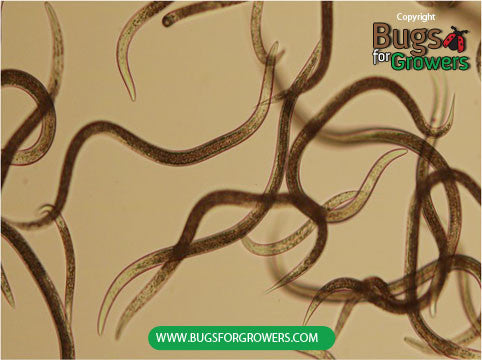Artichoke plume moth
Damage caused by the Artichoke plume moth
Only larval stages of artichoke plume moth are damaging to mainly artichoke plants. Larvae of artichoke plume moth feed on almost all the plant parts including crowns in the soil, growing shoots and floral buds but their damage is considered very significant when they destroy floral buds.
Facts (show all)
- Common names
-
- Artichoke plume moth
- Scientific name
-
- Platyptilia carduidactyla
- Identification
-
Adults: Adult artichoke plume moths are brownish buff in color with brown and cream colored marks on the forewings and hindwings are divided and fringed.
Eggs: Eggs are greenish to orange yellow in color and 0.5 mm long.
Larvae: Mature larvae of artichoke plume moth are whitish to yellowish pink in color with orange head capsule.
Pupae: Pupae of artichoke plume moth are yellowish brown in color.
- Biology
-
Females of artichoke plume moth generally lay eggs on the lower surface of leaves. Eggs hatch into small larvae that burrow into leaf veins and then move internally toward petiole. While feeding, larvae develop through 4- 5 instars and mature. Mature larvae then exit the tunnel and drop on the soil surface and pupate in leaf litter. Under favourable conditions, artichoke plume moths can complete 1- 4 generations in a year.
- Organic Control of the Artichoke plume moth
-
- Following beneficial bugs are used for organic control of Artichoke plume moth
- Beneficial Nematodes
-
- Steinernema carpocapsae

